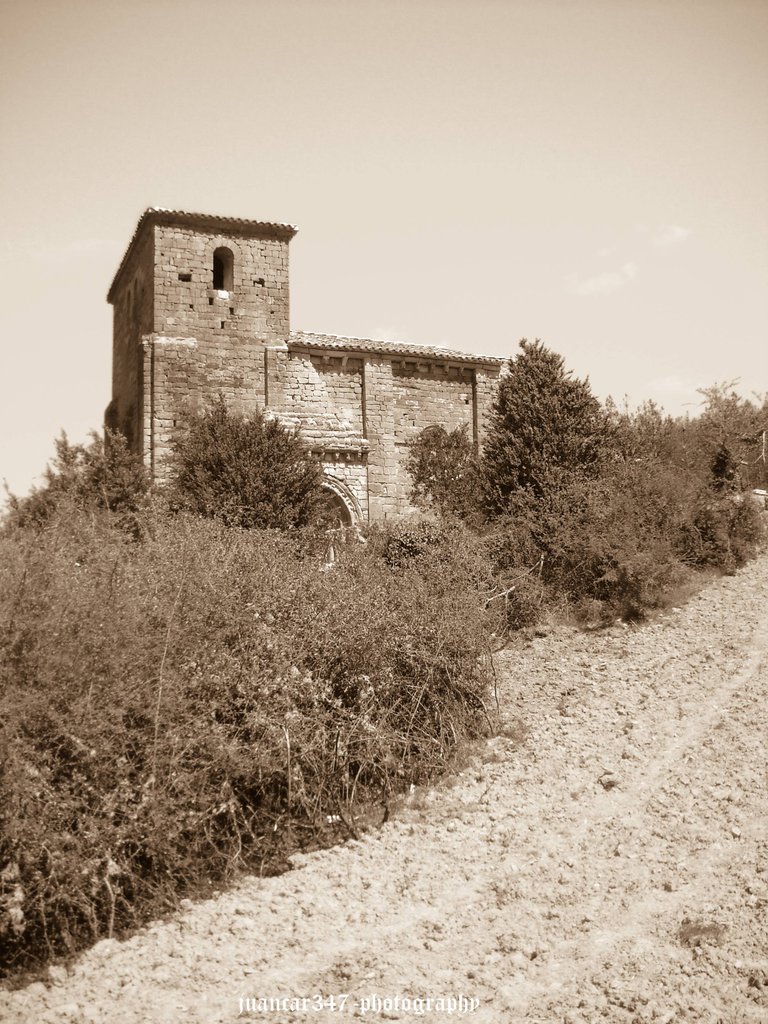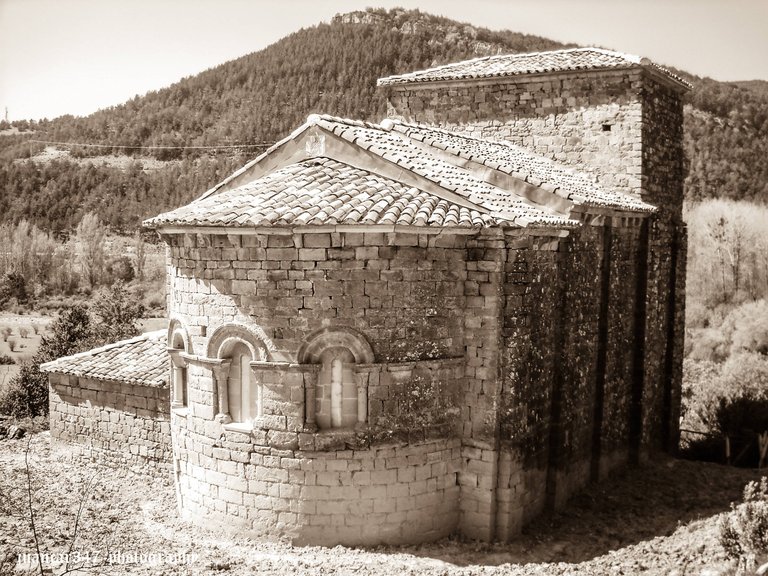
Once the pilgrim leaves Roncesvalles behind, with its immeasurable Collegiate Church, in whose small cloister is located the funeral chapel of a giant king, Sancho VII, who participated in the battle of Las Navas de Tolosa, the small church of Santiago, in whose portico there is still a welcome, both to pagans and Christians, and the famous Silo of Charlemagne, where the mortal remains of the hero Roland and most of the peers of the Carolingian army of Charlemagne are supposed to lie, together with the remains of a multitude of anonymous pilgrims who were never able to reach their goal of reaching Compostela, the true transcendental adventure begins, along a route that spans the not inconsiderable length of seven hundred and ninety kilometers.
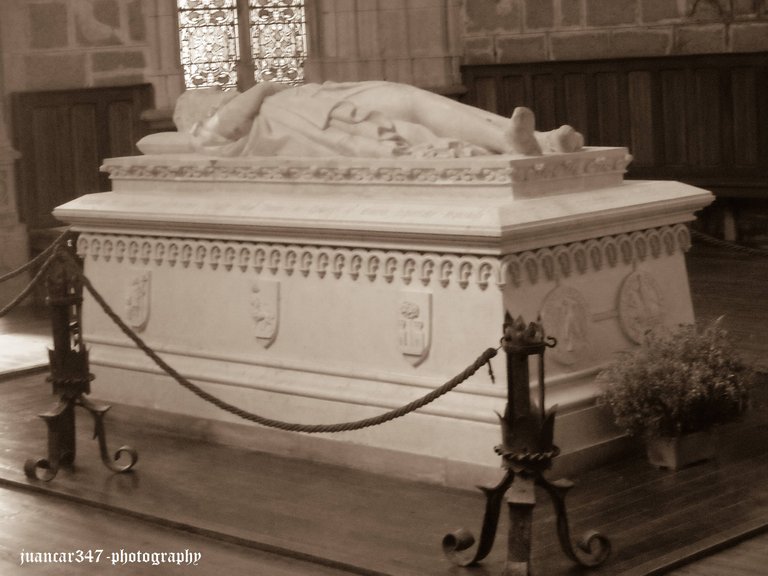
A route that also leaves behind charming villages such as Burguete and the peaceful medieval appearance of a rural architecture that seems to be taken from a typical Swiss canton, to face an infinite countryside, where mountains and valleys seem to spiral, tracing on the earth more or less faithful designs of that sacred geometry that uses the spiral and the labyrinth to draw on the ground the grandeur that defines the Universe and where, stride by stride or step by step, as they used to say in ancient times, the pilgrim encounters the introspective mysteries that define the shadow that accompanies him.
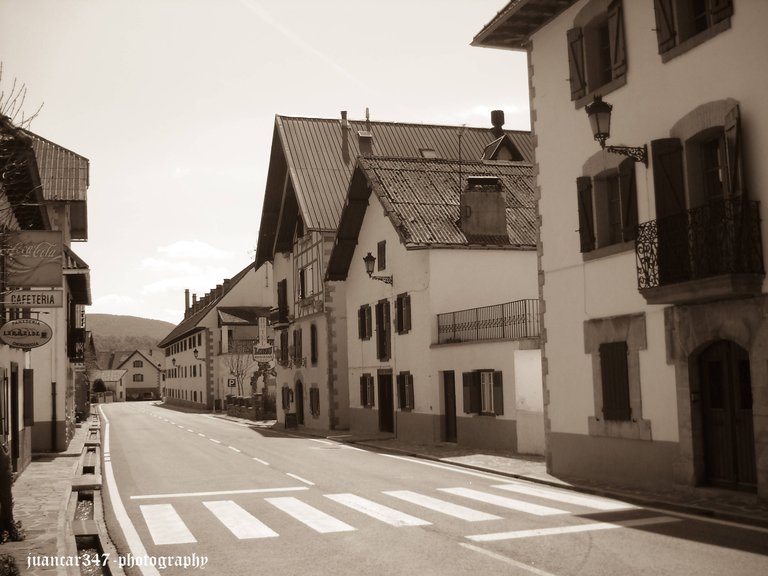
On this journey, both internal and external, you must not lack that metaphorical Ariadne's thread provided by the hermitages, churches and monasteries you find along the way, because, purposely built in specially chosen corners, they will provide you with carefully selected keys that will always be of invaluable help to overcome difficulties and access, at the end of your life adventure, the center of your own labyrinth.
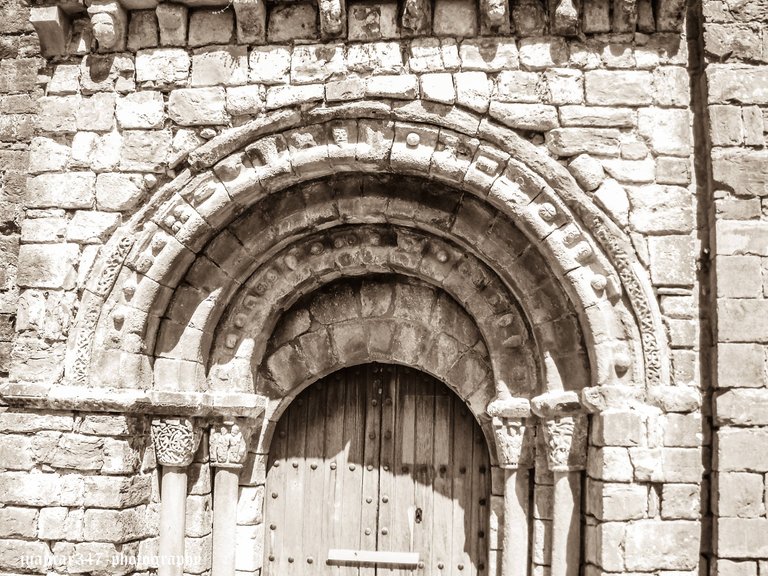
Una vez que el peregrino deja atrás Roncesvalles, con su inconmensurable Colegiata, en cuyo pequeño claustro se localiza la Capilla funeraria de un rey gigante, Sancho VII, que participó en la batalla de las Navas de Tolosa, la pequeña iglesia de Santiago, en cuyo pórtico todavía campea la bienvenida, tanto a paganos como a cristianos y el famoso Silo de Carlomagno, donde se supone que yacen los restos mortales del héroe Roldán y la mayor parte de los pares del ejército carolingio de Carlomagno, junto a los restos de multitud de anónimos peregrinos que nunca pudieron alcanzar su meta de llegar a Compostela, se inicia la verdadera aventura trascendental, por una ruta que se desarrolla en la nada despreciable longitud de setecientos noventa kilómetros.
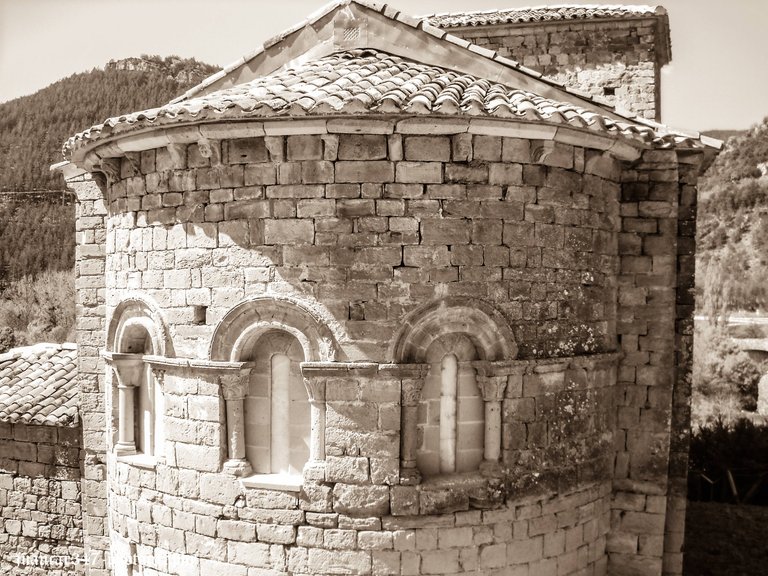
Una ruta, que, además, deja atrás también, pueblos con mucho encanto, como Burguete y el plácido aspecto medieval de una arquitectura rural que parece sacada de un típico cantón suizo, para encarar una infinita campiña, donde montes y valles parecen caracolear, trazando sobre la tierra diseños más o menos fidedignos de esa geometría sagrada que utiliza la espiral y el laberinto para dibujar sobre el suelo la grandeza que define al Universo y donde, de zancada en zancada o de tranco en tranco, como se decía antiguamente, el peregrino va encontrándose con los misterios introspectivos que definen a la sombra que le acompaña.
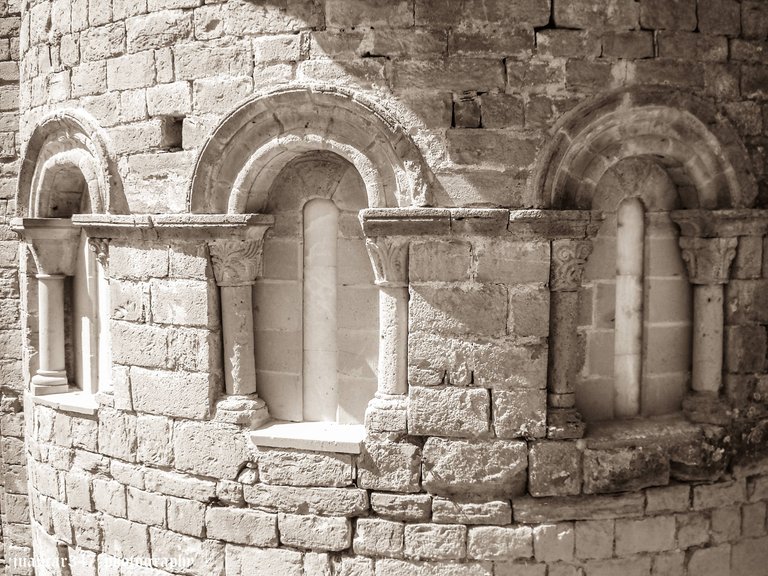
En ese viaje, tanto interior como exterior, no ha de faltarle, tampoco, ese metafórico hilo de Ariadna que le proporcionan las ermitas, las iglesias y los monasterios que va encontrando a su paso, pues levantadas a propósito en rincones especialmente elegidos, le proporcionarán unas claves, cuidadosamente seleccionadas, que serán siempre de una inestimable ayuda para superar las dificultades y acceder, al final de su aventura vital, al centro de su propio laberinto.
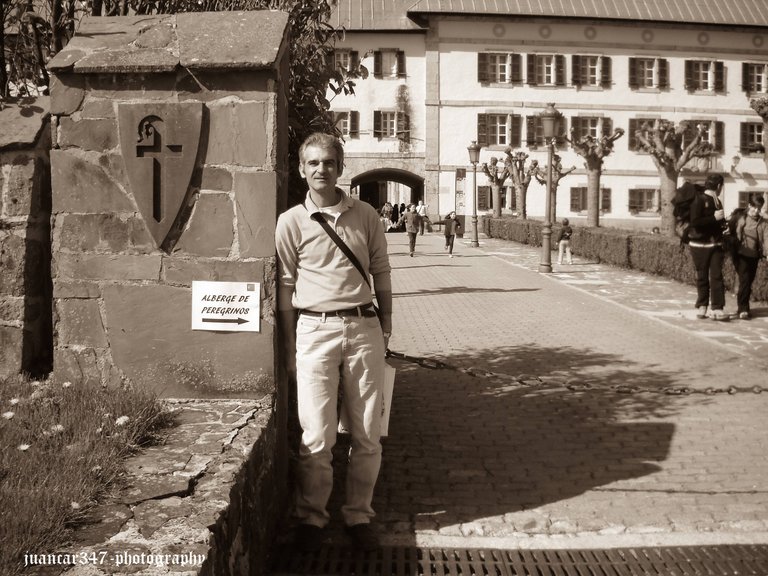
NOTICE: Both the text and the accompanying photographs are my exclusive intellectual property and therefore, are subject to my Copyright.
AVISO: Tanto el texto, como las fotografías que lo acompañan, son de mi exclusiva propiedad intelectual y por lo tanto, están sujetos a mis Derechos de Autor.
